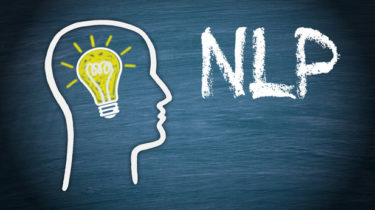Part 7: Step by Step Guide to Master NLP – Word Embedding in Detail

Introduction
This article is part of an ongoing blog series on Natural Language Processing (NLP). In the previous articles (part-5 and 6), we completed the different text vectorization and word embeddings techniques in detail. In this article, firstly we will discuss the co-occurrence matrix, which is also a word vectorization technique and after that, we will be discussing new concepts related to the Word embedding that includes,
- Applications of Word Embeddings,
- Word Embedding use-cases,
- Implementation of word embedding using a pre-trained model and also from scratch.
This is part-7 of the blog series on the Step by Step Guide to Natural Language Processing.
Table of Contents
1. Distributional Similarity-based Word Representations
2. Co-occurrence matrix with a fixed context window
- Different variations of the co-occurrence matrix
- Advantages and disadvantages of the co-occurrence matrix
3. Applications of Word Embedding
4. Word Embedding use case Scenarios
5. Word embedding using Pre-trained Word Vectors
6. Training your own Word